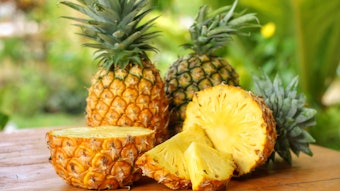
“Exploration is really the essence of the human spirit.” —Frank Borman
How do we appreciate new experiences when we’re resistant to go beyond our comfort zone?
The spirit of adventure in today’s consumers and their openness to know more about different cultures, including new experiences, prevails over stagnation. If this behavior of search is found in all realms of human activity, from culture to religion and from sport to travel, why wouldn’t it be the same from a culinary or even taste experience perspective?
Diversifying Tastes
In the past, strategy for food and beverage product development was “think globally but act locally;” acceptability was attached to familiarity and by understanding which attributes should be modified to improve liking in favor of so-called localization.
In today’s world we have more exposure to ingredients and true culinary adventures than ever before. In addition, the simplification of global trade has made foreign ingredients more readily available, which has modified the paradigm of authenticity.
There are already many indications that cross-regional and fusion cuisines are becoming more and more accepted globally. This interest has triggered numerous global, social, cultural and commercial activities aimed at all ages. According to YPulse, almost half of 13- to 42-year-olds in the United States consider themselves “foodies”1.
A quick glance to Generation Z shows how new experiences are valued and even shared amongst peers. Forty percent of Gen Z uses social media to suggest and look for new types of food and beverage2; at the same time, in an internal qualitative study, it was observed that baby boomers welcome foreign cuisines as a way of remembering experiences lived in previous travels.
Many questions arise then: Do new experiences have room to thrive even in the simplest acts, such as eating and drinking? Are local or known flavors the only authenticity that consumers are looking for across taste experiences? Are there clear opportunities for unusual flavor profiles? Can unfamiliar, unique, or complex tastes provide the adventurous experience so often sought after, while at the same time delivering authenticity?











